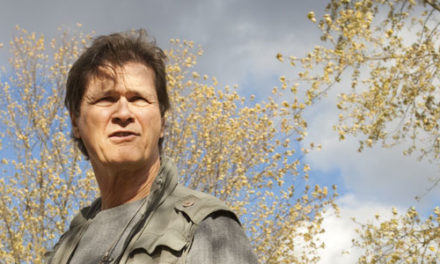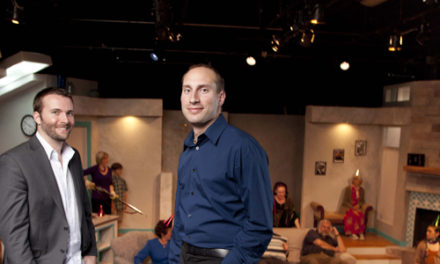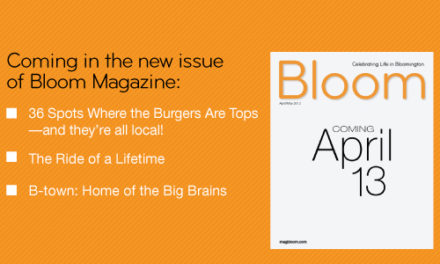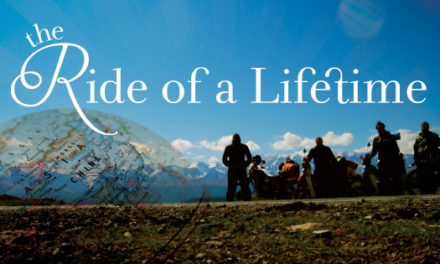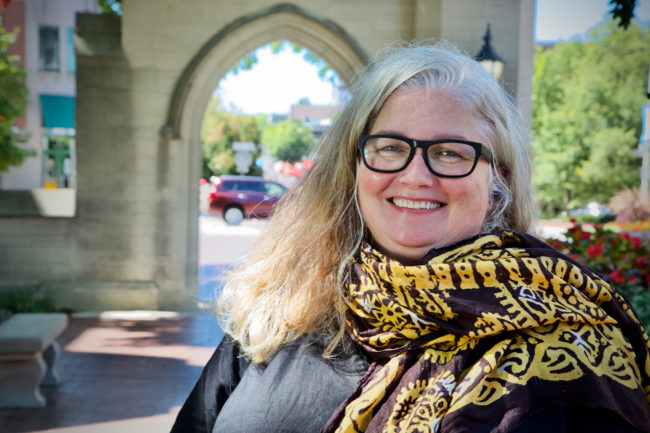
by ELAINE MONAGHAN
I left Scotland in 1993 to become a foreign correspondent, mostly for the international news agency Reuters, founded in London in 1851. I have now made my home in Bloomington, where I am privileged to teach students in the home of one of the most revered journalism education programs in the United States. Since my family and I first approached this town along the byways of southern Indiana six years ago, the landscape has reminded me of where I grew up in rural Galloway.
Covering dangerous stories as a foreign correspondent prepared me for the environment that American journalists operate in now. If there’s one thing I’ve learned, it is how quickly rights can evaporate or be eroded. I wish more people understood how American journalists see themselves as serving the public interest, as defenders of the rights all Americans have.
Journalists have special responsibilities along with those rights: We run toward danger because it is our job. When colleagues and I wryly observe that we must be doing something right because everyone is mad at us, we are not kidding. That joke has worked in every country where I’ve served, including the UK, Russia, Belarus, Ukraine, Ireland, Northern Ireland, Kosovo, and the United States. It chills me to think it is especially and frighteningly true now.
The United States stands in 45th place out of 180 countries on the Reporters Without Borders 2020 World Press Freedom Index. How did we get here, and how do we do better?
Thinking about how journalism might expect to fare in 2021, it is important to note that this index is not a partisan measure: We were ranked 32nd in 2013, 49th in 2015, and 48th in 2019.
It is not news that the incumbent president has targeted journalists with rhetoric that has been partly blamed for increased hostility toward reporters. Recently, we’ve all seen how journalists covering protests have found themselves under attack from multiple directions, including police, looters, and protesters.
At The Media School at Indiana University, we teach our students to use active verbs to avoid labeling those we cover.
Turning that lens around, here’s a quick scan of verbs in the World Press Freedom Index accounting of some of the 188 attacks on journalists in the United States so far this year:
Choked. Smashed. Tear-gassed. Pushed. Assaulted. Hit. Grabbed. Shoved. Targeted. Shot with projectile. Caught in crossfire. Struck. Pepper sprayed. Arrested. Threatened. Slammed. Chased. Attacked. Robbed. Held at gunpoint.
Whatever the election’s outcome, journalists will still be mostly underpaid and overworked, digging for facts that point toward a truth that will inform the public and help people make important decisions about their lives. For me, the key questions are: How much support will they get from the public they serve? and, How will journalism change so that it looks and thinks more like that same public?
At the same time, this question persists: How can journalism do a better job of representing all of our communities? Our newsrooms reflect our society: They lack diversity.
One of my favorite commentaries on journalism comes from a somewhat unlikely address—the November 2014 sermon the leader of the Church of England delivered at the annual commemorative service for fallen journalists at St. Bride’s Church on Fleet Street, where I started out as a Reuters trainee.
“The front-line reporter is the one who sees first-hand what is going on,” Justin Welby, the Archbishop of Canterbury, said, invoking Isaiah 21:8. “They are the lookouts who stand on the watchtower, day after day and all night long, in the watches of the night.”
He characterized front-line reporters like this: “They are the ones who witness the full horror of what is going on and dare to speak it. The rest of us are one step, or many steps, removed—both from the adrenalin and from the agony.”
My hope is that more people will come to cherish the work that journalists do, often at considerable risk to themselves.


